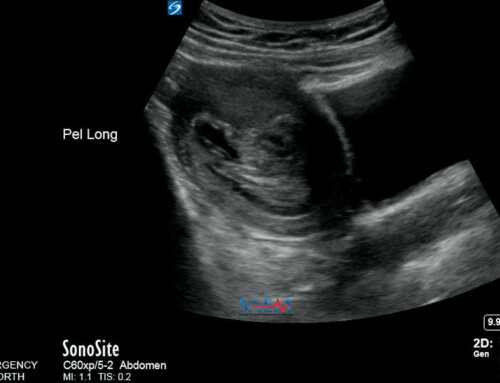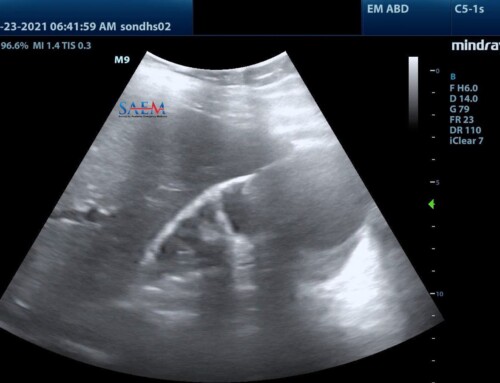 Women with undifferentiated abdominal pain and/or vaginal bleeding commonly present to the emergency department. Many textbooks advocate for the pelvic exam as an essential part of the history and physical exam. Performance of the pelvic exam is time consuming to the physician and uncomfortable for the patient. It is with great regularity that emergency physicians make clinical decisions, based on information derived from the pelvic examination, but is this information reliable and does it effect the clinical plan of patients?
Women with undifferentiated abdominal pain and/or vaginal bleeding commonly present to the emergency department. Many textbooks advocate for the pelvic exam as an essential part of the history and physical exam. Performance of the pelvic exam is time consuming to the physician and uncomfortable for the patient. It is with great regularity that emergency physicians make clinical decisions, based on information derived from the pelvic examination, but is this information reliable and does it effect the clinical plan of patients?
How reliable is the pelvic exam?
| Study | Year of Study | Number of Patients | What Was Evaluated | Results |
| Close RJH et al | 2003 | 186 | Percentage agreement for cervical motion tenderness, uterine tenderness, adnexal tenderness, adnexal mass | 71 – 84% agreement of pelvic exam, but only 17 – 33% agreement of positive findings |
| Houry D et al | 2001 | 87 | Accuracy of pelvic exam for ovarian torsion | 29% of pts had no pain on exam, and 53% had no palpable mass |
| Padilla LA et al | 2000 | 140 | Patients undergoing laparoscopy or laparotomy had pelvic exams performed under general anesthesia | Adnexal Mass Detection: Sensitivity 15 – 36%, Specificity 79 – 92%, PPV 26 – 69% |
| Dart RG et al | 1999 | 441 | History and physical exam findings predictive of ectopic pregnancy (EP) | No constellation of findings could confirm or exclude EP |
Is pelvic exam in the emergency department useful? 1
What they did:
- Prospective cohort study
- 183 female patients with abdominal pain and/or vaginal bleeding prospectively evaluated
- Providers were asked to predict the findings of the pelvic exam
- Providers predictions were compared with actual findings of exam
Exclusion criteria:
- Patients with suspected vaginal foreign body
- Patients requiring pelvic exam for cultures
- Patients whom the exam required visualizing products of conception
Results:
- Pelvic exam findings were as predicted in 72% of cases
- Pelvic exam findings were not as predicted in 22% of cases, but no change in clinical plan
- Pelvic exam findings were not as predicted in 6% of cases but did change the clinical plan
- 7 with normal exam
- 1 not specified
- 1 adenexal tenderness
- 1 IUD requiring removal,
- 1 less uterine bleeding than expected
- 1 cervical motion tenderness
Limitations:
- Management plans were not specified prior to completion of pelvic exam
- The way in which unexpected findings changed plans was not documented
- No objective criteria were used to determine need for cervical cultures and this group excluded from the analysis
Conclusion: In 94% of female patients with acute abdominal pain and/or vaginal bleeding, the results of the pelvic exam were predictable or had no effect on clinical plan.
Take Home Point
Although this is controversial and contrary to traditional teaching, this study suggests that basing decisions on female pelvic exams in the emergency department is not reliable and may not have any effect on the clinical plan.




